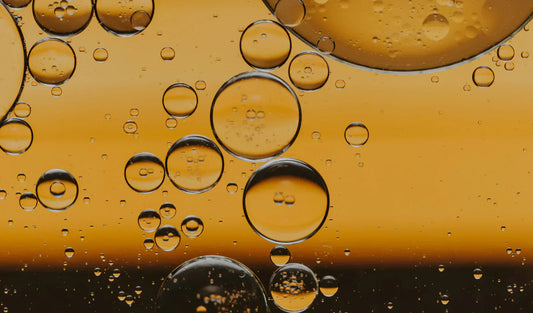Learning Hub

The Myth of Liposomal NAD+: Why Science Favors ...
The Myth of Liposomal NAD+: The Processing Problem No One Talks About Many health-conscious shoppers have likely noticed the recent explosion of "liposomal NAD+" products flooding the supplement market. These...
The Myth of Liposomal NAD+: Why Science Favors ...
The Myth of Liposomal NAD+: The Processing Problem No One Talks About Many health-conscious shoppers have likely noticed the recent explosion of "liposomal NAD+" products flooding the supplement market. These...

New ChromaDex Study Finds 87% of Nicotinamide R...
A recent comprehensive industry analysis conducted by our parent company, ChromaDex, through its ISO 17025 accredited laboratory, has revealed concerning findings about the nicotinamide riboside (NR) supplement market. The published...
New ChromaDex Study Finds 87% of Nicotinamide R...
A recent comprehensive industry analysis conducted by our parent company, ChromaDex, through its ISO 17025 accredited laboratory, has revealed concerning findings about the nicotinamide riboside (NR) supplement market. The published...

The Roots of NAD+ Research
This post provides a history of NAD+ development, the researchers involved, and the high-level scientific contributions each researcher made. Setting the Stage Have you ever noticed how powerful the roots...
The Roots of NAD+ Research
This post provides a history of NAD+ development, the researchers involved, and the high-level scientific contributions each researcher made. Setting the Stage Have you ever noticed how powerful the roots...

A Beginner's Guide to NAD+
NAD+ stands for nicotinamide adenine dinucleotide. It’s a naturally produced molecule essential for the function of all 37.2 trillion cells in your body. But what is NAD+, and why is...
A Beginner's Guide to NAD+
NAD+ stands for nicotinamide adenine dinucleotide. It’s a naturally produced molecule essential for the function of all 37.2 trillion cells in your body. But what is NAD+, and why is...

The Link Between NAD+ and Brain Ageing
Food for Thought Your brain is the hungriest organ in your body. At only 2% of your body weight, its main function—processing and transmitting information—consumes a full 20% of your...
The Link Between NAD+ and Brain Ageing
Food for Thought Your brain is the hungriest organ in your body. At only 2% of your body weight, its main function—processing and transmitting information—consumes a full 20% of your...

What Does Cellular Energy Feel Like?
Many have learned to fear the slow-down that comes with age. Reduced energy, tense joints, and inhibited cognition are just some of the many markers we associate with ageing. Ageing...
What Does Cellular Energy Feel Like?
Many have learned to fear the slow-down that comes with age. Reduced energy, tense joints, and inhibited cognition are just some of the many markers we associate with ageing. Ageing...